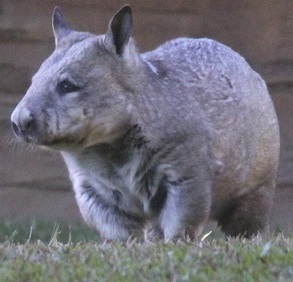
Animal behaviour skills are valuable for anyone dealing with animals from zookeepers and vermin controllers, to farmers and animal breeders.
Psychologists have long used the study of animal behaviour as a way of gaining insights into human behaviour.
The study of animal behaviour provides a foundation for animal training, or more generally, animal care. It also provides very real insights and a foundation for understanding human behaviour. If you wish, you may focus on a particular animal or group of animals. Let your tutor know your preference.
Animals do share some behavioural characteristics with people but it can be dangerous to assume too much similarity. Animal behaviour is far less affected by choices reached through reasoning.
Behaviour is any externally observable activity of an animal. In general, it includes:
- Movement of parts of the body
- Stopping expected movement
- Secretions from the body
- Changes in body colour.
It is assumed that all animal behaviour is an adaptation designed to support survival, either directly or indirectly. However, this is not always the case. Animals can behave self-destructively, out of habit, or out of boredom, just as humans can. To better understand the behaviour, we should also consider what motivates it.
In understanding animal behaviour, we extend our basis for understanding human behaviour, and as such, the course may also be valuable for anyone studying general psychology.